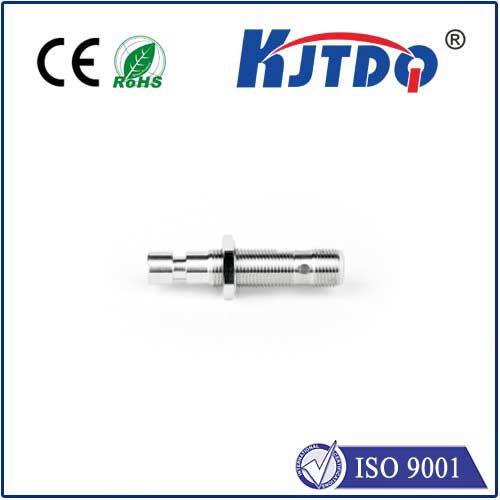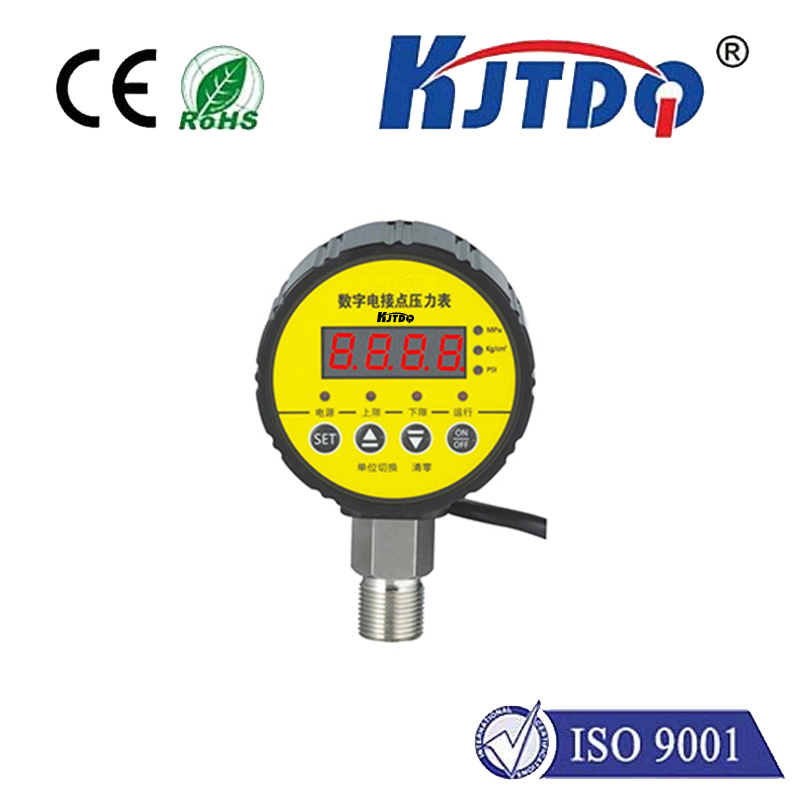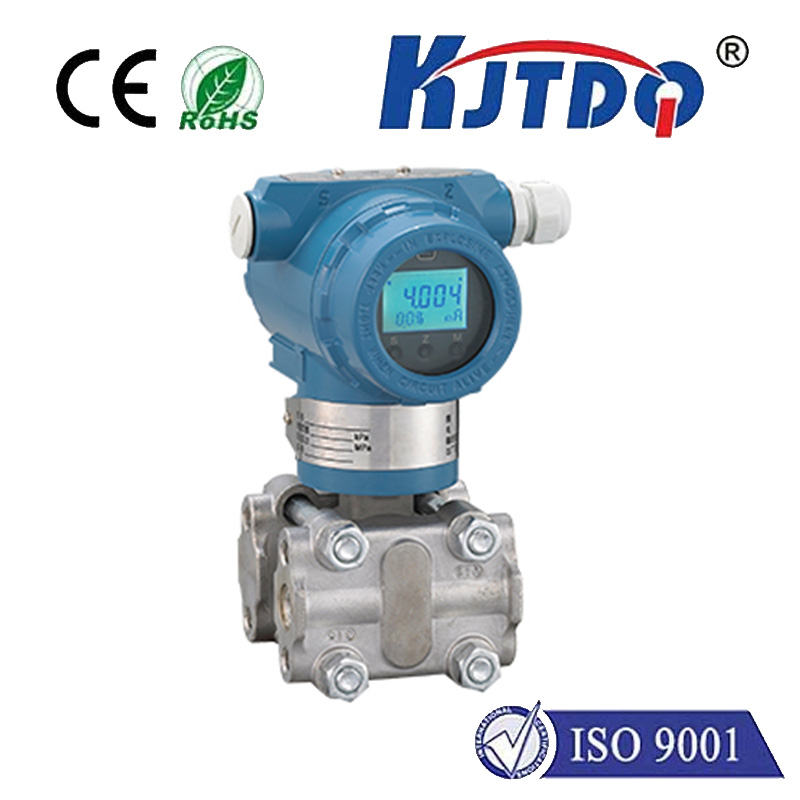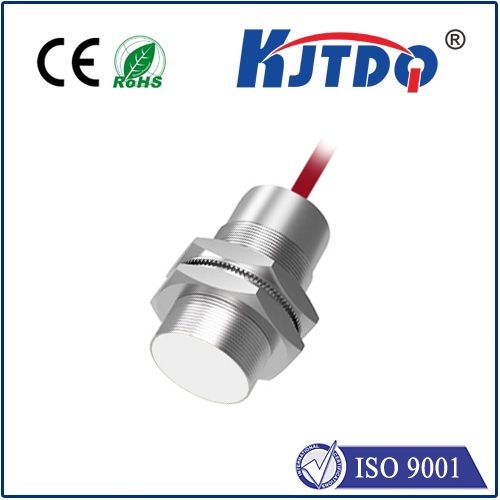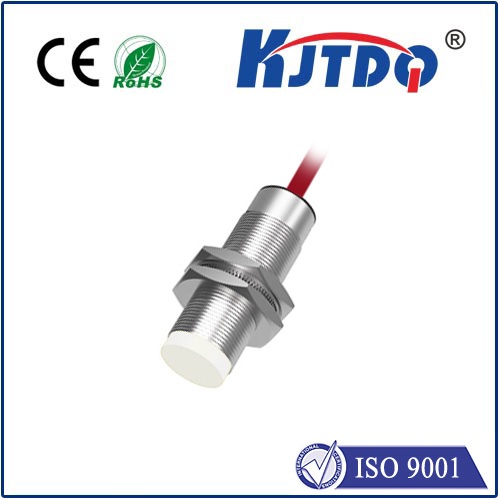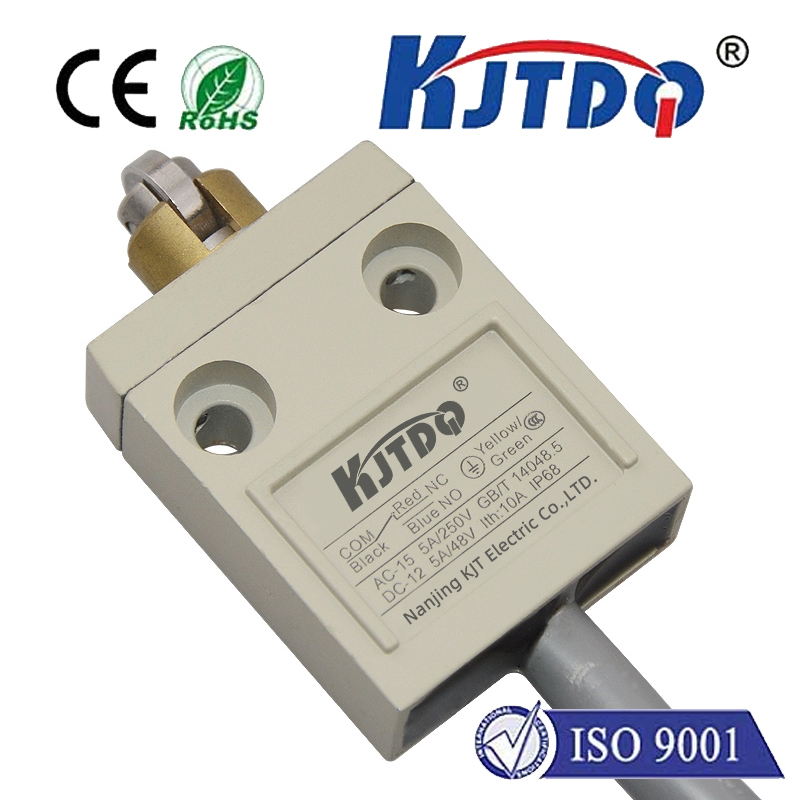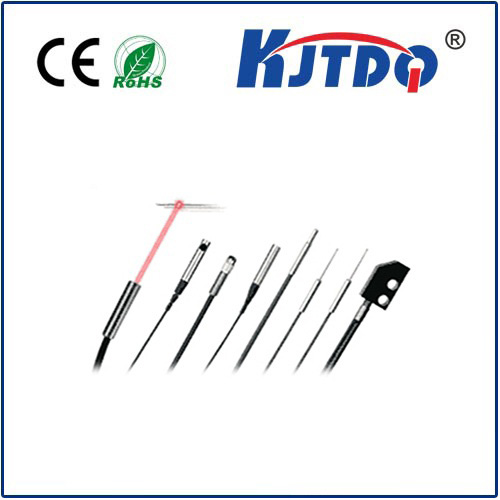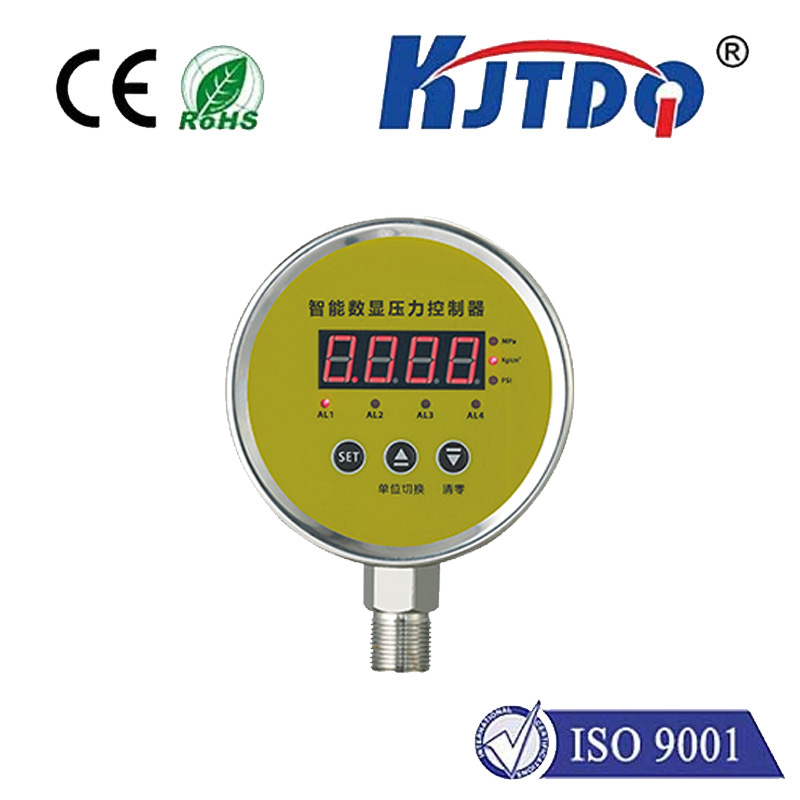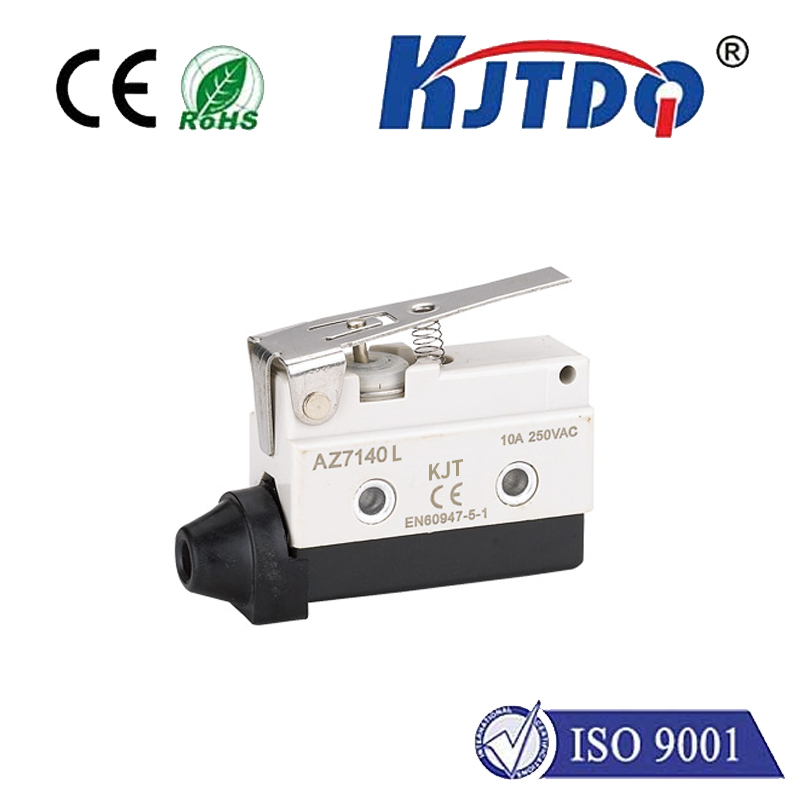BHS0050 proximity sensor
- time:2025-10-02 07:30:15
- Click:0
BHS0050 Proximity Sensor: Precision Detection for Industrial Automation
In the intricate dance of modern manufacturing and automation, unseen heroes silently orchestrate precision and reliability. Among the most vital are proximity sensors, the electronic sentinels that detect the presence or absence of objects without physical contact. When seeking robust and dependable performance in demanding environments, the BHS0050 proximity sensor emerges as a compelling solution, engineered to deliver consistent detection where it matters most. Understanding its capabilities is key to optimizing countless industrial processes.
The Indispensable Role of Proximity Sensors
Before delving into the specifics of the BHS0050, it’s essential to grasp the fundamental role proximity sensors play. They act as the “eyes” of automated systems, providing critical feedback on object position, presence, speed, or direction. Unlike mechanical switches, they operate contactlessly, eliminating wear and tear and enabling high-speed, vibration-resistant detection. This non-contact operation translates directly into reduced maintenance costs and enhanced system longevity. Common applications range from counting items on a conveyor belt and verifying robot arm positions to ensuring machine guarding safety and detecting end-of-travel limits.
Introducing the BHS0050: Engineered for Robust Performance

The BHS0050 designation typically refers to a specific model or series within a manufacturer’s range of inductive proximity sensors. These sensors are renowned for their ability to detect metallic objects – ferrous metals like iron and steel with maximum range, and non-ferrous metals like aluminum or brass at slightly reduced ranges. The core technology relies on generating an electromagnetic field. When a metallic target enters this field, it induces Eddy currents within the target, causing a measurable change in the sensor’s internal oscillator circuit. This change triggers the sensor’s output signal.
Key Features and Advantages of the BHS0050 Sensor
Designed with industrial rigor in mind, the BHS0050 proximity sensor incorporates several features that make it particularly well-suited for challenging applications:
- Robust Housing & Environmental Protection: Typically constructed from materials like nickel-plated brass or high-grade PBT plastic, the BHS0050 boasts excellent resistance to impact and chemicals. Crucially, it often achieves a high IP67 rating (or higher), signifying complete protection against dust ingress and resistance to water immersion up to 1 meter for 30 minutes. This makes it ideal for washdown environments, outdoor use, or dusty factory floors.
- Solid Sensing Performance: Offering a consistent sensing range (often standardized, e.g., 4mm, 8mm, 15mm), the BHS0050 provides reliable detection within its specified operational distance. Its inductive principle ensures immunity to surface conditions like dirt, oil, or water film that might plague optical sensors.
- Electrical Reliability & Compatibility: The BHS0050 is commonly available in various configurations:
- Output Type: Typically features a 3-wire DC connection, often with options for NPN (sinking) or PNP (sourcing) transistor outputs, allowing flexible integration into different PLC (Programmable Logic Controller) and control system architectures. Some models might offer analog variants (e.g., 4-20mA).
- Voltage Range: Designed to operate reliably within standard industrial DC voltage ranges, commonly 10-30V DC, ensuring compatibility with most control panels.
- Short-Circuit & Reverse Polarity Protection: Built-in safeguards protect the sensor and the connected circuitry from accidental wiring errors or power surges, enhancing system resilience and reducing downtime.
- LED Status Indicator: A prominent feature is an integrated LED, usually visible on the sensor body. This LED provides clear visual indication of the sensor’s operating state (power on) and detection status (target present/not present), simplifying installation, troubleshooting, and diagnostics.
- Shielded (Flush Mountable) Design: Many BHS0050 variants are shielded. This means the electromagnetic field is focused primarily towards the front face, allowing the sensor to be flush-mounted in metal without the surrounding metal interfering with its operation. This is essential for space-constrained installations.
Where the BHS0050 Proximity Sensor Excels: Common Applications
The combination of ruggedness, reliability, and precise detection makes the BHS0050 proximity sensor a versatile component across numerous sectors:
- Manufacturing & Assembly Lines: Position detection for robotic arms, part presence verification in fixtures, end-of-stroke detection on cylinders, counting parts on conveyors, monitoring tool changes in CNC machines.
- Material Handling: Detecting pallets, containers, or positions on lifts and conveyors. Confirming bin levels or gate positions.
- Packaging Machinery: Verifying cap placement, detecting filled bottles/cans, monitoring film feed, confirming case sealing.
- Automotive Industry: Used extensively in assembly, welding, painting, and testing processes for component positioning and sequencing.
- Food & Beverage Processing: Suited for washdown areas due to its IP rating, detecting metallic components on production lines (e.g., cans, foil seals, machinery parts). Its immunity to water and debris is critical here.
- Machine Safety: While not primary safety devices themselves (that require SIL/PL ratings), they are often used as part of safety circuits, like confirming guard doors are closed or detecting safe positions before cycle start.
- Building Automation: Monitoring door or gate positions, elevator leveling, and equipment status.
Ensuring Optimal Performance: Selection & Installation Tips
To maximize the effectiveness of your BHS0050 proximity sensor, consider these best practices during selection and installation:
- Define Your Target: Precisely identify the metal type and size you need to detect. Remember, non-ferrous metals require a closer sensing range.
- Choose Sensing Range: Select a sensor with a nominal sensing range slightly larger than the required operating distance to account for mounting tolerances and potential variations. Allow for the standard operating point (where detection reliably occurs) being less than the nominal range.
- Output Type Matching: Ensure the sensor’s output type (NPN or PNP) matches the input requirements of your PLC or control system. Incorrect matching will prevent signal detection.
- Environment Matters: Verify that the sensor’s housing material, temperature range specifications, and IP rating (like IP67) are suitable for the installation environment (temperature, humidity, chemicals, washdown pressures).
- Mounting Precision: For shielded (BHS0050) sensors being flush-mounted, ensure the mounting surface is smooth and non-metallic material does not protrude into the sensing field. Non-shielded variants require adequate clearance from surrounding metal.
- Secure Connections: Use proper cable glands and ensure electrical connections are tight and protected from strain and moisture ingress according to the IP rating.
For engineers, maintenance technicians, and system integrators seeking reliable, non-contact detection of metallic objects, the BHS0050 proximity sensor represents a proven and robust solution. Its blend of environmental resilience, precise inductive sensing technology, and industrial-grade construction ensures dependable performance in countless applications. Whether monitoring high-speed production lines, safeguarding machinery, or ensuring accurate positioning in automation systems, the BHS0050 stands as a cornerstone component enabling modern industrial efficiency and reliability.






